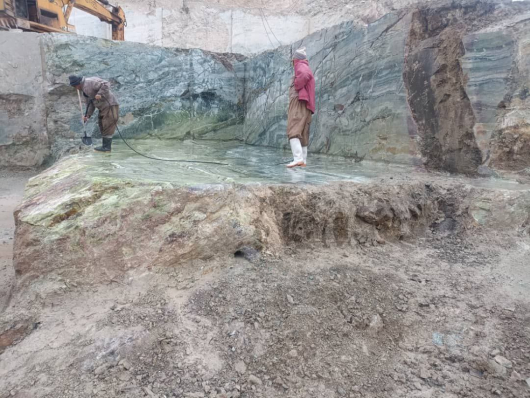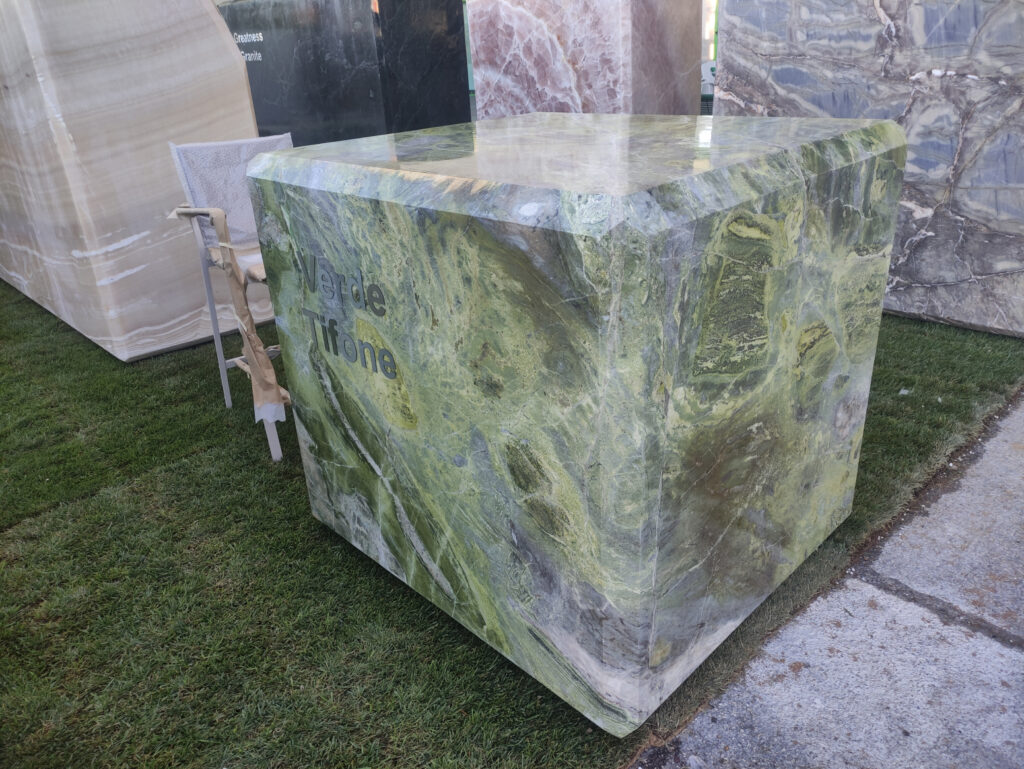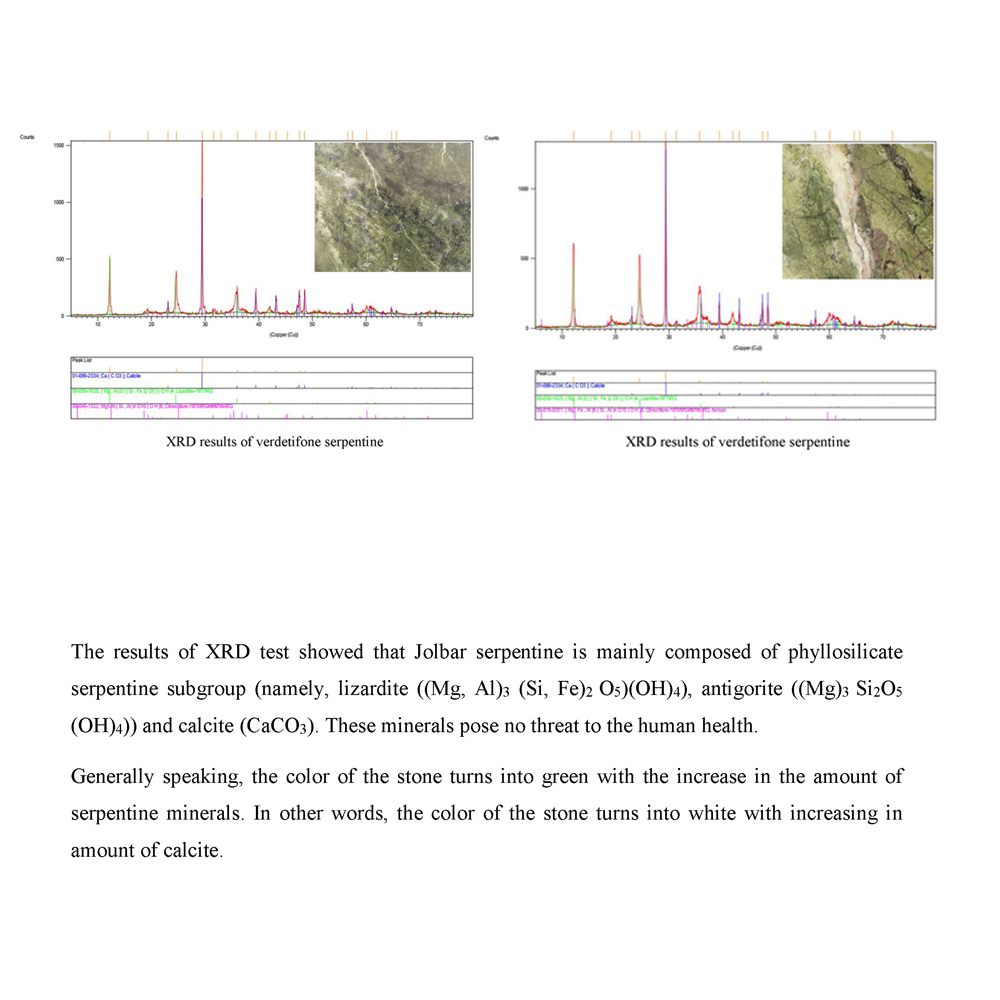TEL: +39 391 454 92 39 E-MAIL: [email protected]
QUARRIES
QUARRIES
Serpentines owe their origin to deep geological processes no less than 440 million years ago. Serpentine minerals form where peridotite, dunnite, and other ultramafic rocks are hydrothermally metamorphosed. Ultramafic rocks are rare on the Earth’s surface but are abundant in the oceanic crust, the boundary between the Earth’s crust and mantle.They are metamorphosed at convergent plate boundaries where an oceanic plate pushes into the lower mantle. This is where they undergo hydrothermal alteration. The source of water for this process is sea water, which is poured into the rocks and sediments of the ocean floor. During hydrothermal metamorphism, olivine and pyroxene minerals are transformed or replaced by serpentine minerals. Some of the metamorphic rocks produced here are composed almost entirely of the serpentine group. These rocks rich in serpentine are known as “serpentinite”. Large areas of the Earth’s surface are covered by serpentinites. These areas occur near current or ancient convergent plate boundaries. They are places where remnants of an oceanic plate emerge at the surface. The remaining part of the plate is either added to the landslide or to the edge of the land mass, or it is eroded due to uplift and exposed to the air. These areas exposed to the oceanic plate are known as ophiolites. They are often a source of valuable minerals that may include magnetite, chromite, chrysoprase, jade, and serpentine.


© Copyright 2023 M.STONE TRADING




